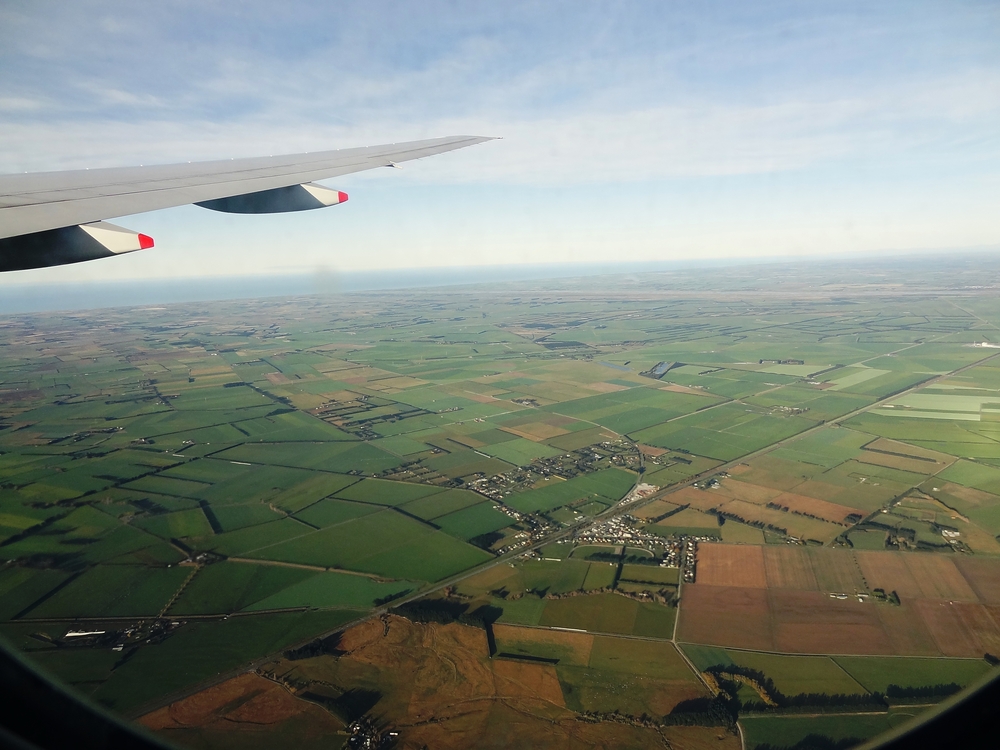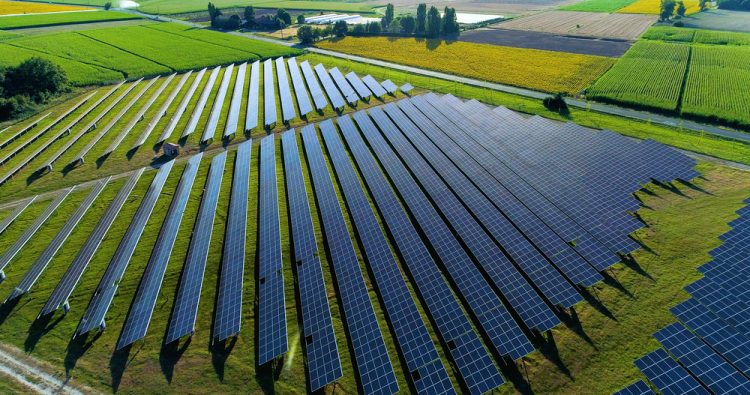Nhà máy điện mặt trời lớn nhất New Zealand sẽ sản xuất đủ điện để cung cấp năng lượng cho 30.000 ngôi nhà, và cho phép máy bay kéo lên và nạp tiền.
Nhà máy 100 triệu đô la sẽ bao gồm tương đương 262 sân bóng bầu dục tại sân bay Christchurch. Sự phát triển lớn hơn 50 lần so với bất kỳ trang trại năng lượng mặt trời nào khác hiện đang hoạt động ở New Zealand. Bên cạnh đó nó sẽ đi sản xuất nhiên liệu xanh, trung tâm dữ liệu và canh tác dọc.
Được công bố vào thứ Tư, toàn bộ khu vực sẽ được gọi là Công viên Kōwhai. Nó sẽ được xây dựng trên 400 ha đất sân bay ngay phía tây đường băng và nhà ga của sân bay, và được quy mô lên hơn 30 năm.
Khu công viên Kōwhai thuộc sở hữu của Environment Canterbury, và cho thuê đến sân bay Christchurch.
Thị trưởng Christchurch Lianne Dalziel cho biết dự án sẽ giúp đảm bảo tương lai carbon thấp cho các thế hệ sắp tới. “Không có gì khác của quy mô này ở New Zealand,” cô nói.
Mới trở về từ hội nghị biến đổi khí hậu COP26 ở Glasgow, Bộ trưởng Biến đổi Khí hậu James Shaw gọi đây là “một ngày tin tốt cho khí hậu”.
Giám đốc điều hành sân bay Malcolm Johns cho biết dự án là về việc tạo điều kiện cho nền kinh tế “khử cacbon với tốc độ nhanh nhất có thể”.






























































